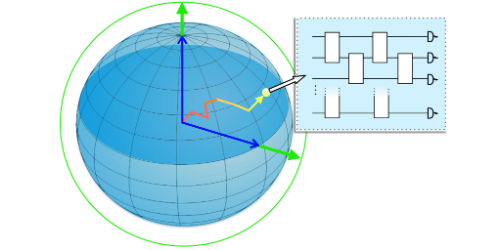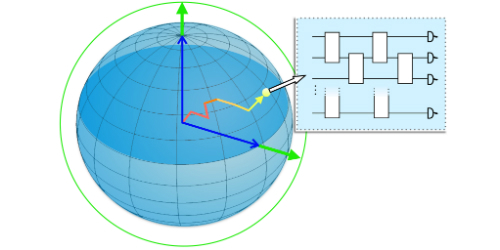A Possible Quantum Computing Boost
As companies race to build bigger quantum computers, it’s still unclear what near-term devices made of 100 qubits or less will be good for. Searching for applications, researchers are developing algorithms where quantum computing could boost performance. Now, Vedran Dunjko of Leiden University in the Netherlands and colleagues show that a small quantum computer can speed up an algorithm for solving the so-called 3SAT problem, a basic problem that is difficult for classical computers.
The 3SAT problem is a type of basic logic puzzle that tries to find values for some number of Boolean variables in an equation such that given combinations of groups of three return a true value. These problems show up in optimization algorithms such as scheduling and planning tasks, as well as statistical physics. However, classical computers likely cannot solve them efficiently with brute-force methods.
The researchers based their quantum method on a classical solution for solving 3SAT problems known as Schöning’s algorithm. They found that the quantum algorithm boosts performance only if the number of Boolean variables does not exceed a threshold that depends on the number of qubits in the computer. Thus they propose a quantum-classical hybrid algorithm that first reduces the number of variables on a classical computer and then switches to a quantum computer when the number of variables reaches the threshold. However, the researchers point out that the algorithm assumes error-corrected qubits, which hardware developers have not achieved yet. To implement the algorithm on near-term devices, the researchers say it would need to be further tailored to specific hardware.
This research is published in Physical Review Letters.
–Sophia Chen
Sophia Chen is a freelance science writer based in Tucson, Arizona.





